Do you need a good tamari substitute? We have seven great tamari substitutes and we'll explain how to use them.
Tamari is a soy sauce that does not contain gluten. Regular soy sauce uses wheat and soybeans, so tamari is a great soy sauce alternative for those following a gluten-free diet.
You can generally find tamari at the grocery store, but not every home keeps it as a pantry staple. We'll cover the seven best substitutes for tamari if you come across a recipe calling for tamari!
Jump to:
What is Tamari?
Tamari is essentially a gluten-free version of soy sauce. Making it the choice of soy sauce for those with celiac disease or gluten intolerance. It's a Japanese sauce made from fermenting soybeans.
Traditional soy sauce is made with wheat flour, soybeans, and usually some preservatives. Tamari is made from soybeans without any wheat. The ingredients in tamari are usually water, soybeans, and salt.
For the most part, tamari tastes the same as soy sauce. Depending on the brand, tamari can be slightly less salty than soy sauce.
How is Tamari Used in Cooking?
Tamari is mostly used the same way soy sauce is used. You will usually see tamari listed as an ingredient in gluten-free dishes to replace soy sauce. It can be added to rice, used to dip sushi in, or used for marinades and sauces. Since it has a salty, savory, umami flavor, it adds a lot of flavor to sauces, marinades, and dressings.
Tamari is popular in Asian dishes and adds a wonderful flavor to salad dressings, red meat, and sauces.
Best Tamari Substitutes
If a recipe calls for tamari and you don't have any on hand, we have seven great tamari sauce substitutes and we'll let you know the best ways to use them. Whether you're looking for a soy free alternative, another gluten-free alternative, or you just came across a recipe and need to use something you have on hand, we have you covered.
Here are the top seven best substitutes for tamari.

1. Soy Sauce
Soy sauce is the best tamari substitute as it is closest to tamari. In fact, tamari is often referred to as "tamari soy sauce." The two can be used interchangeably and you may not even taste a difference between the two.
If you are gluten-free, most soy sauce is not a good substitute for tamari as it contains wheat (though if you find a Chinese soy sauce, traditionally, that is made with only soy).
Soy sauce can be subbed for tamari 1:1 in recipes. Traditional soy sauce is best, but if you have a different type of soy sauce, such as light soy sauce, dark soy sauce, or a less sodium soy sauce, those are still great options.
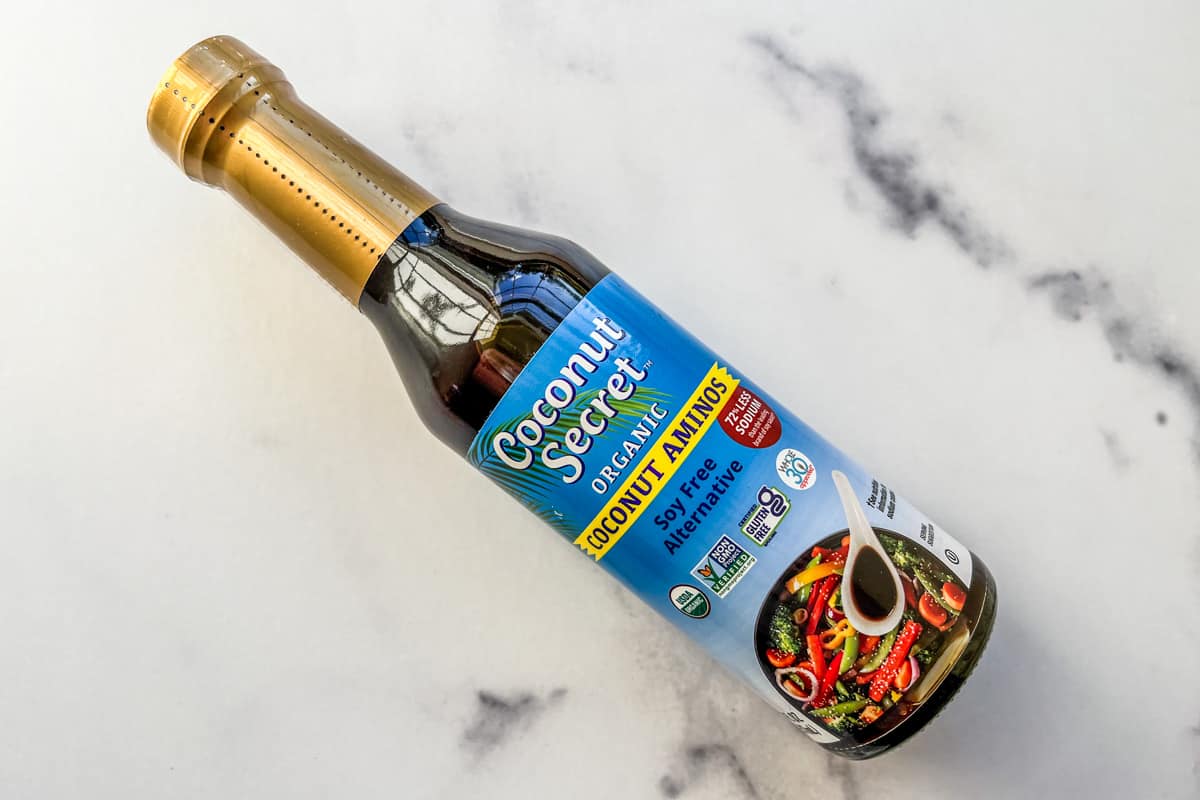
2. Coconut Aminos
Coconut aminos is made by fermenting coconut sap from coconut trees and adding salt. Different brands will put their own twists on their coconut aminos with different ingredients, but coconut aminos is a great soy free and gluten free option for a tamari substitute.
Coconut aminos has a similar flavor to tamari sauce but it's sweeter. You can substitute 1:1, but may need to add a small amount of fish sauce, if you have it, to balance the sweeter flavor. If you don't have fish sauce, try adding a little bit of salt with the coconut aminos. Coconut aminos is usually a bit less salty than tamari.
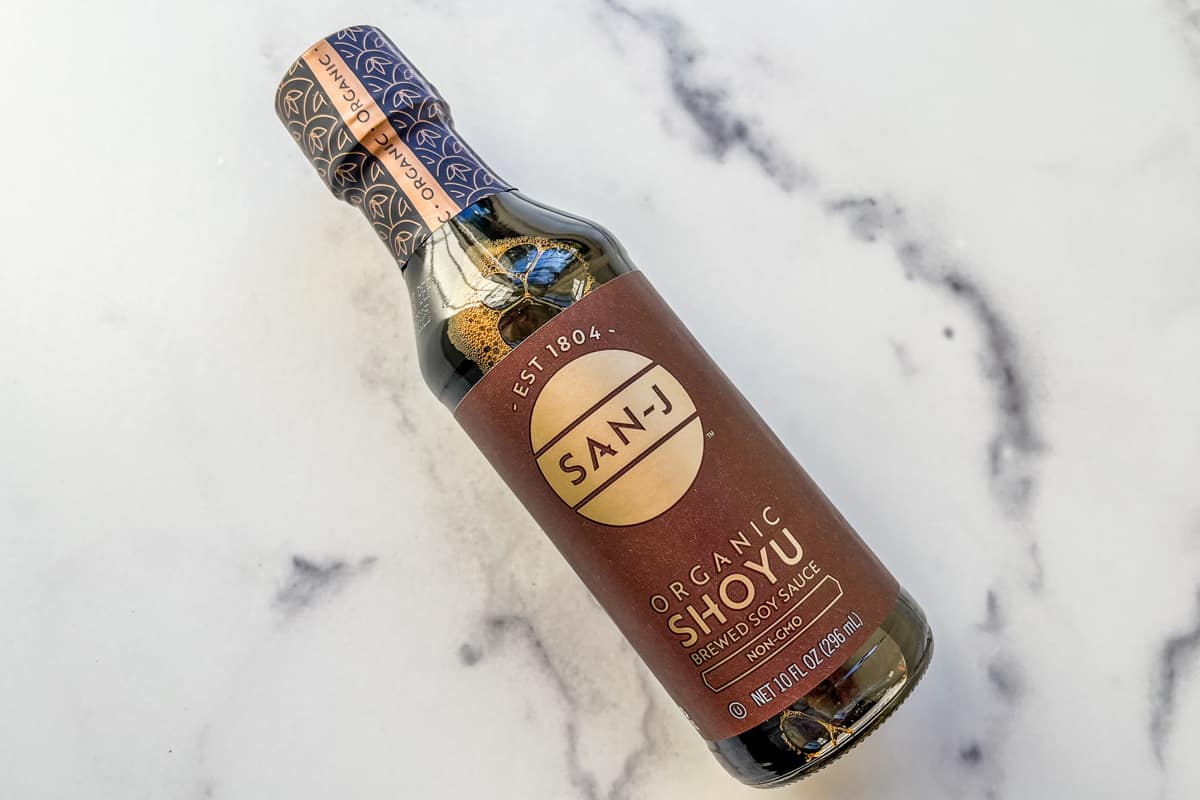
3. Nama Shoyu
Nama shoyu is a type of Japanese soy sauce that is unpasteurized. Shoyu is the name for Japanese soy sauce, made with wheat and soy. The "nama" means raw.
This won't be a good substitute if you have a gluten sensitivity or allergy, as it contains wheat.
Nama shoyu tastes very similar to soy sauce and tamari. You can use nama shoyu 1:1 for tamari without any additional alterations.
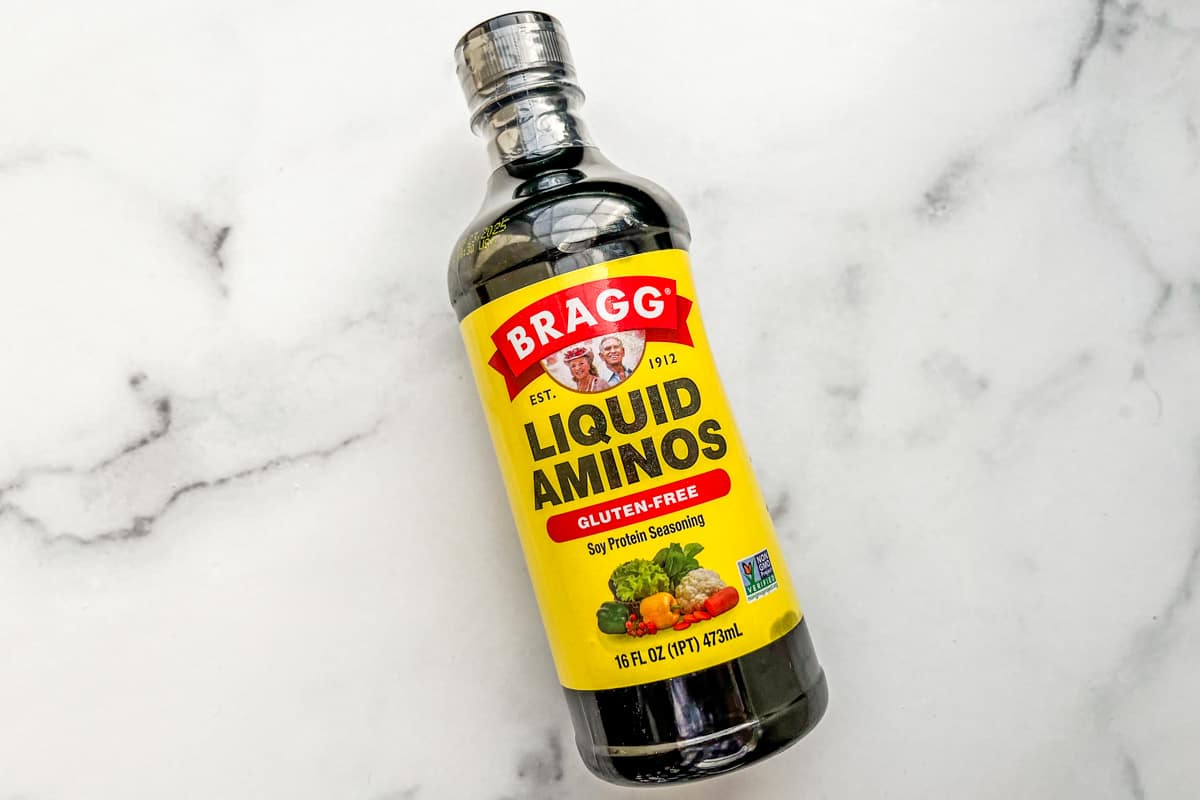
4. Liquid Aminos
Liquid aminos make a great substitute for tamari. They have a savory flavor similar to tamari and are usually gluten-free, like tamari.
Liquid aminos are made with concentrated aminos and soy. Tamari and soy sauce include soybeans that undergo fermentation, while liquid aminos are not fermented. Liquid aminos don't have as much of a salty taste as tamari, and the flavor is milder. Generally, salt is not added to liquid aminos as it is tamari.
You can use liquid aminos 1:1 as a tamari substitute, but you may need to add a little salt to your recipe.
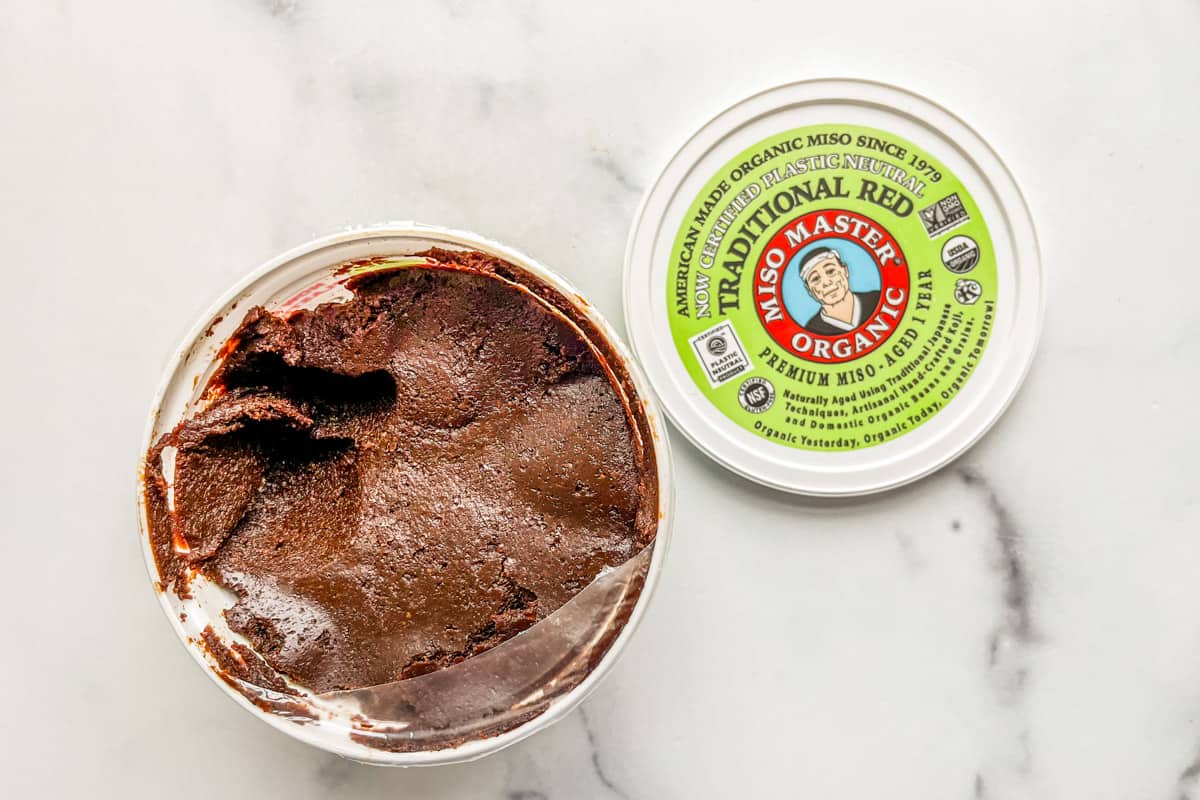
5. Miso Paste
Miso paste is a fermented soybean paste that has a rich, umami flavor. Salt is also added, giving it a salty flavor similar to tamari. Miso paste makes a good tamari substitute since it's salty and has a similar taste. Actually, tamari originally came to be as a by-product of miso.
Miso paste can contain gluten, so if you need a gluten-free tamari substitute, make sure to read the label. Many miso paste brands do not contain gluten, but they usually contain a grain and some use barley.
Since miso paste is a paste and not a liquid like tamari, you will use a 1:2 ratio of soy sauce to miso paste. Use half the amount of miso paste as you would soy sauce.
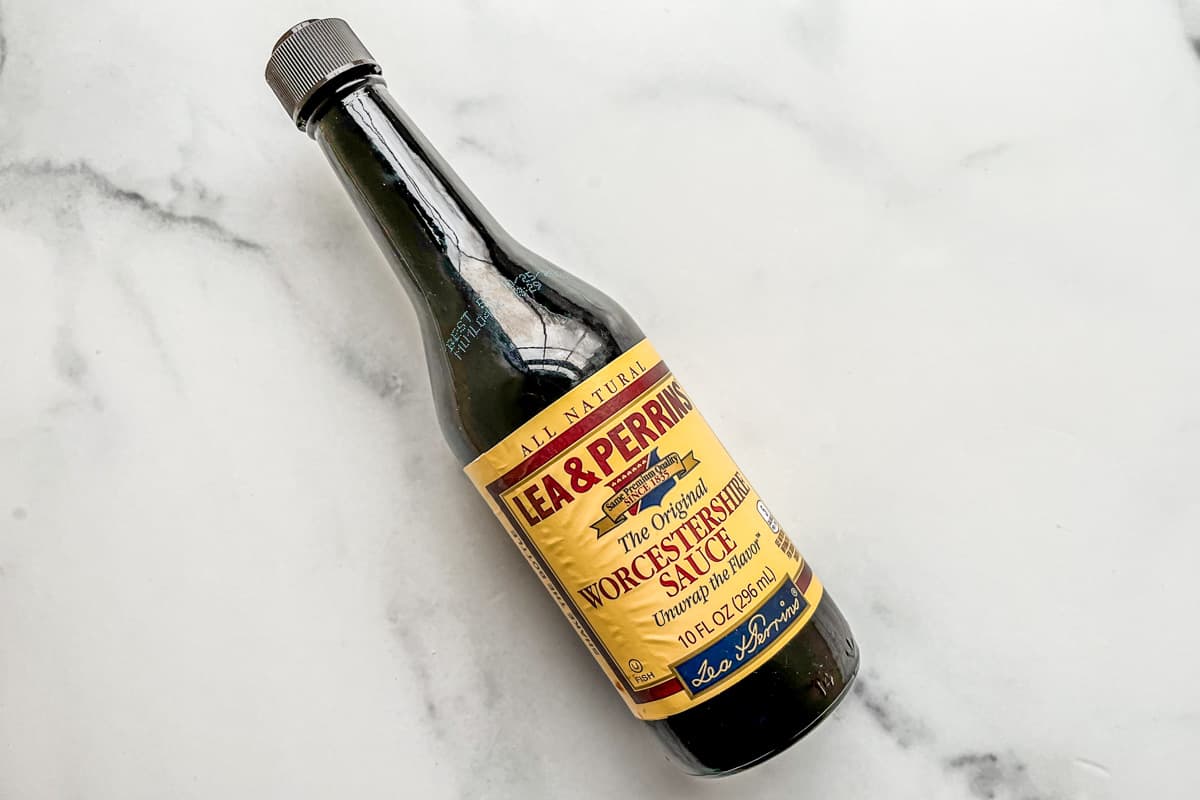
6. Other Sauces
When tamari is used to make a marinade or sauce (like a dipping sauce), you may be able to add a little more of another sauce to replace the tamari. This is more of a last resort and you should note that this can greatly alter the flavor of a recipe.
If you need a small quantity of tamari to use in your marinade or sauce and the marinade/sauce also contains one of the following other sauces, you may be able to add a bit more of that sauce to the recipe to make up for the missing tamari.
- Worcestershire sauce
- Hoisin sauce
- Oyster sauce
- Teriyaki sauce
If you need a gluten-free alternative to tamari, make sure your sauces are gluten-free. All those listed sauces can contain wheat flour if not labeled gluten-free.
It is not recommended that these sauces be used as substitutes when making salad dressings or when one of these isn't already an ingredient in your recipe. It will alter the flavor too much and your end result will not be the same.
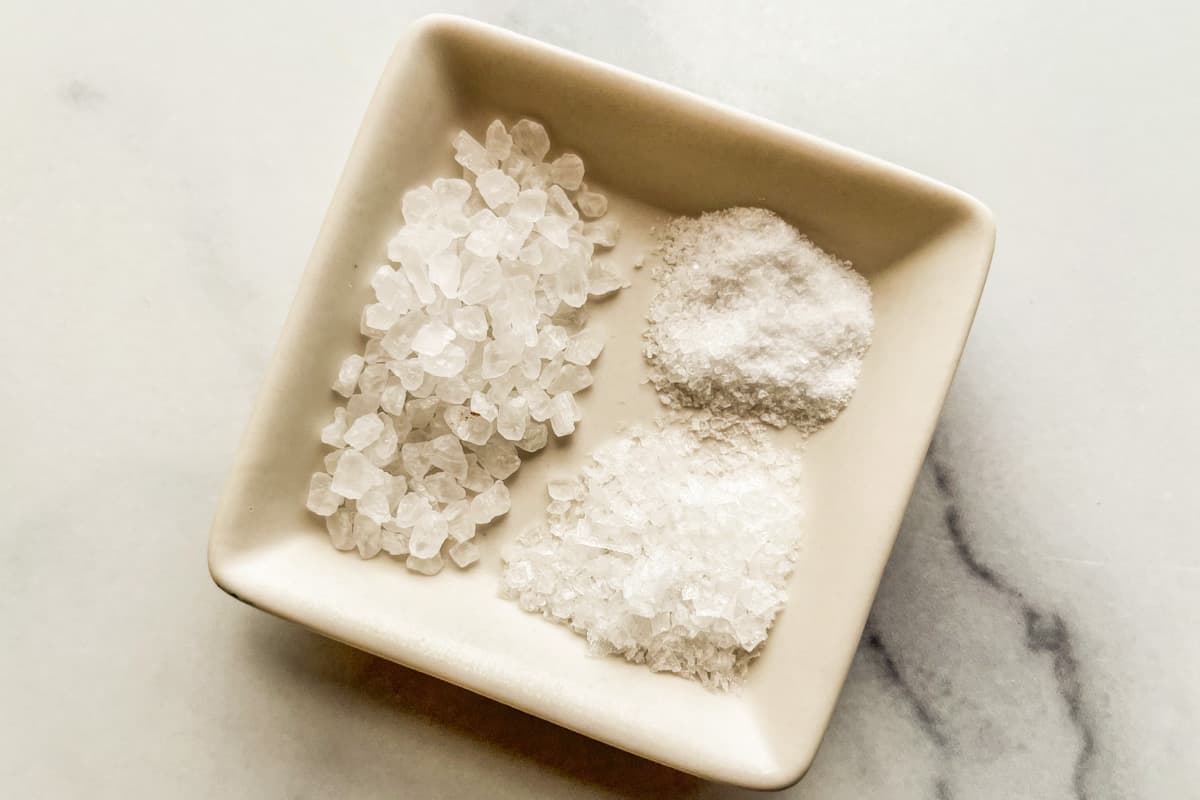
7. Sea Salt
Not always, but sometimes, adding sea salt to a recipe can be a replacement for tamari. Sea salt could work if only a small amount of tamari is added to a recipe. Since tamari is a salty sauce, it is sometimes used as a flavor enhancer. In that case, it's acceptable to use a little sea salt in its place.
Sea salt will not be an acceptable tamari substitute if tamari is a key flavor to the recipe. Only use sea salt if a recipe calls for a small quantity of tamari.
Breakdown of Tamari Substitute Uses
- Overall best substitute - soy sauce
- Best gluten-free substitute - coconut aminos or liquid aminos
- Best soy-free substitute - coconut aminos
- Only in a pinch - sauces such as Worcestershire, hoisin, oyster, and teriyaki (see above list item number 6)
- Okay in small amounts - sea salt
Tamari FAQs
Where can I buy tamari sauce?
You can find tamari at most grocery stores or health food stores, generally where you would find the soy sauce. You can also buy it online at places like Amazon and Vitacost.
What is the closest thing to tamari sauce?
The closest ingredient to tamari sauce is soy sauce. The two can usually be used interchangeably, but most soy sauce is not gluten-free.
What's the difference between tamari and soy sauce?
Soy sauce is made from soybeans and wheat flour, while tamari is made from soybeans without any flour. This makes tamari a great alternative to soy sauce for those who need to avoid gluten.
Is tamari milder than soy sauce?
In most recipes and even when used to dip sushi in or top rice, there is no difference in flavor from tamari to soy sauce. But if you did a taste test, tamari may be slightly milder since the salt content is usually a little lower than soy sauce.
Conclusion
Tamari, a gluten-free soy sauce variant, offers a rich, savory umami flavor used as a flavorful addition to many dishes. When you don’t have any tamari on hand, you can use one of these seven substitutes in its place.
Soy sauce is the closest substitute, making for an easy 1:1 switch.
Coconut aminos is a great soy-free (and gluten-free) alternative if you are avoiding soy.
If you’re in a pinch, certain sauces like Worcestershire, hoisin, oyster, or teriyaki can be cautiously added to marinades or sauces as a last resort but should only be used if your sauce or marinade already contains those sauces as an ingredient.
Looking for Tamari or Tamari Substitute Recipes?
Check out these delicious recipes. Whether you have tamari, soy sauce or one of the listed substitutes, try one of these.
- Vegetable Sushi Recipe - This super fun recipe will walk you through how to make your own sushi with vegetables.
- Honey Garlic Shrimp - This easy weeknight meal uses soy sauce that can easily be replaced with tamari or coconut aminos for a gluten-free meal.
- Vegetable Tempura - An easy and delicious way to eat your veggies! Vegetable Tempura features a delicious dipping sauce, making it the perfect dinner side or appetizer.
- Ground Beef Bulgogi - The perfect weeknight family meal! Add in the optional vegetables for a complete meal, made in one pot for easy cleanup.
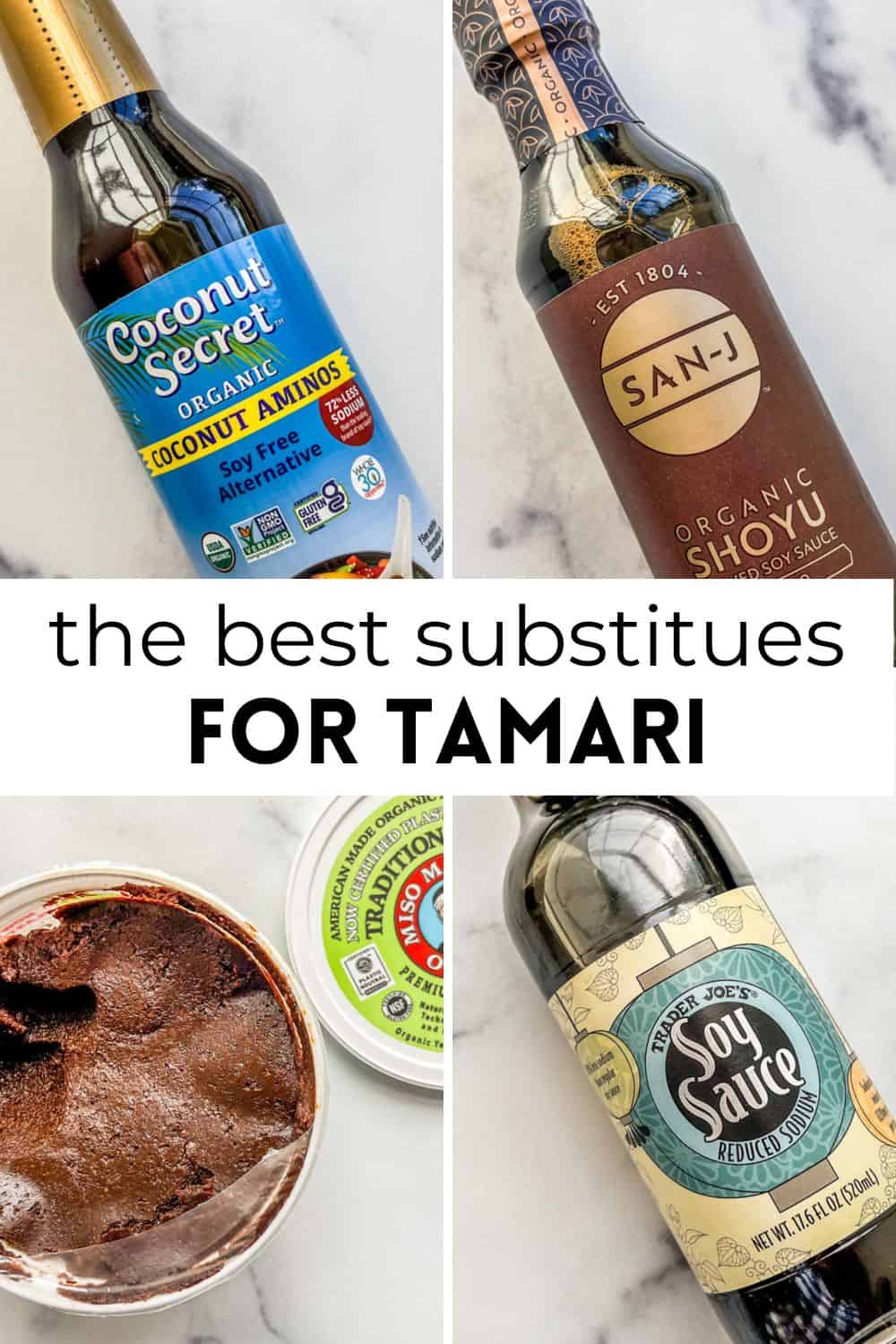






Leave a Reply